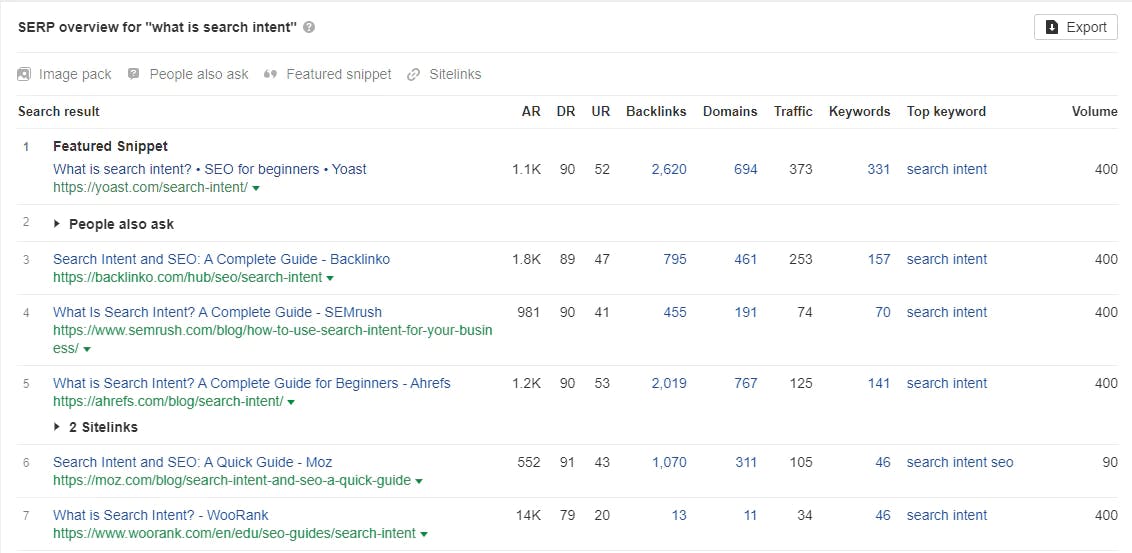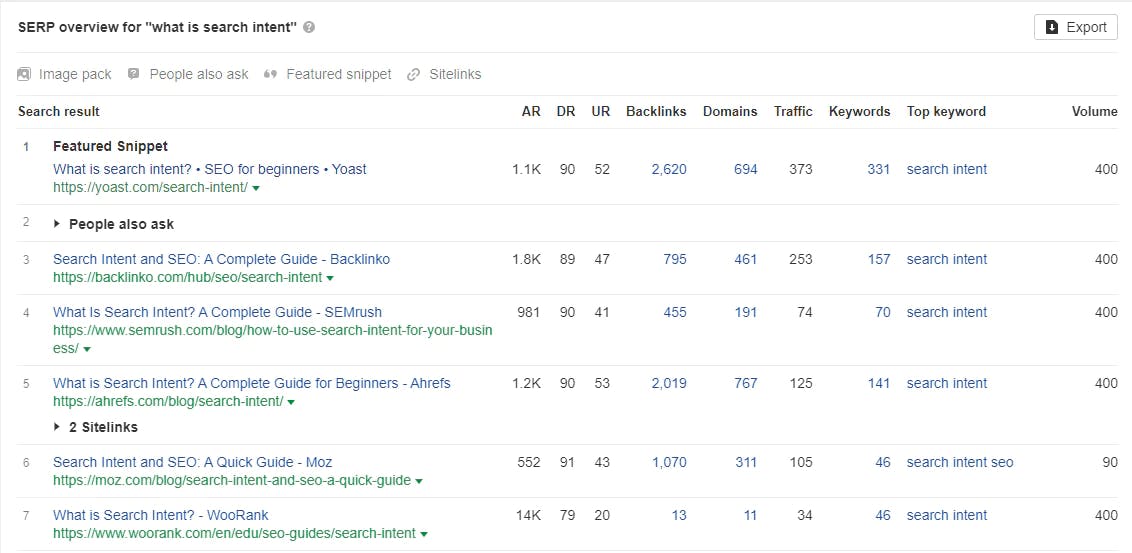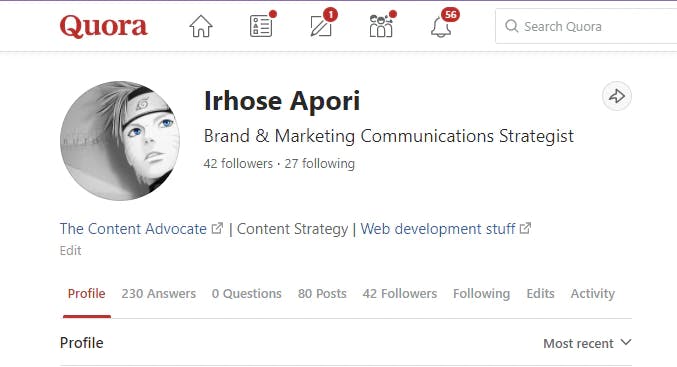Getting Qualified Traffic on Your Blog: Tips and Tricks
Creative Marketing for Founders
A constant cause of frustration among marketers these days is high bounce rates. Imagine putting in the work to gain visibility and drive traffic to your website only to realize that most of that traffic is low quality and won’t convert.
Not only is driving unqualified traffic a huge waste of time and resources, but it tends to give one the impression of progress where there isn’t any.
Optimizing your funnel to attract qualified traffic will ensure that your marketing process is efficient and full of positive results. So…
What Is Qualified Traffic?
Qualified traffic refers to the set of website visitors who will most likely convert into customers and hopefully, brand advocates if treated right.
The definition of qualified traffic may differ between organizations, but it generally refers to traffic with a higher probability of generating revenue for a company, because people in the qualified traffic audience tend to mirror the ideal customer persona.
Why Is Qualified Traffic Important?
Simply put, it improves efficiency. Qualified traffic ensures that your marketing process isn’t wasteful and that it achieves the goal of revenue generation. After all, the ultimate goal of running a business is to generate revenue.
Optimizing for qualified traffic helps you achieve just that. In this post, I’ll share some tips on how to drive more qualified traffic to your site.
1. Match Searcher Intent
Search intent is the reason why a search query is made. It describes what the individual intends to discover through their search query.
Search intent could be informational; in which the searcher is seeking information, navigational; in which the searcher is seeking directions, transactional; in which the searcher seeks to buy something, or a commercial inquiry; in which the searcher is considering what product to buy.
Most times, the search intent is largely discernable from the wording of the search itself. But to optimize for searcher intent, you’d need to arm yourself with more than the wording of the search query. Enter, the 3 C’s of search intent.
The 3 C’s of search intent refers to the different ways in which the top-performing content for a chosen keyword is presented in the search results. The C’s stand for
- Content type
- Content format
- Content angle
I’ll explore the 3 C’s using the example keyword “search intent.”
Content type
This describes the predominant type of content in the search results. The common content types are blog posts, landing pages, product pages, and category pages. For our example, let’s see what content types are shown for the query “what is search intent?”

It’s easily discernable that these results are blog posts.
Content Format
This is the predominant format of the search results for your keyword. Although there’s an endless list of content formats, here are the ones you’ll often come across:
- Listicles
- How-to guides
- News releases
- Research
- Tutorials
- Best practices

Content Angle
This describes the unique approach used by the top-ranked search results to capture a searcher’s interest. It could be the type of adjective describing the keyword, or a particular category of the keyword (if the keyword is a product).
Google values uniqueness, so whatever angle you choose, try to make it different from the other top-ranked results.
 The angle used here is to repeat the question asked. This is particularly useful for the informational type of search intent.
The angle used here is to repeat the question asked. This is particularly useful for the informational type of search intent.
2. Get Backlinks
Backlinks are links leading back to your website from a page on another website. They’re super important for ranking on Google. An Ahrefs study of a billion web pages confirmed the relationship between backlinks and organic traffic.
Google considers backlinks an important ranking factor. In fact, backlinks formed a foundational part of Google’s original ranking algorithm PageRank. Although there have been major changes to the algorithm, backlinks continue to have significance.
Be careful not to violate Google’s policies when generating backlinks.
There are two major factors to consider when generating backlinks:
- Relevance
- Authority
Relevance
This refers to the degree to which linked websites are related. For instance, it makes more sense for a pharmaceutical website to generate a backlink from a web page on medical conditions than from a blog post on brand positioning.
Authority
This refers to the SEO strength of a web page. For example, Getting a backlink from Forbes would weigh more than getting a backlink from a website that is barely known. Ahrefs’ site explorer is a useful tool for determining the domain authority of websites.
How to Get Backlinks
There are numerous ways to get backlinks, but one trick I particularly like is to get involved in niche/forum conversations. Reddit, Quora, Hashnode, Indiehackers, etc., are all great places to start. Search for topics relevant to your business and get involved.
These websites usually have a policy against link spamming, so be careful to ensure you make relevant comments before linking to your website. Quora even allows you to add a link to your profile:
 I particularly like this method because it is free and relatively easy to implement.
I particularly like this method because it is free and relatively easy to implement.
3. Create an Army of Affiliate Partners
Affiliates are people who can market your product in return for an agreed-upon commission if a customer they refer makes a purchase. Affiliate marketing is effective for generating qualified traffic because it makes use of the distinct and thriving communities of your affiliates.
There’s a limit to how diverse your marketing strategies can be. This is where affiliate partners thrive. They’re able to adapt their strategies to ensure they send you top-quality leads with high buyer intent, effectively solving the problem of driving qualified traffic to your business.
Estimates from Statista show that the affiliate marketing industry could reach $8.2 billion by 2022, up from $5.4 billion in 2017. With this market showing no signs of slowing down, you can be sure to reap the benefits of investing in affiliate marketing.
Creating an affiliate program is pretty easy. There are affiliate SaaS platforms such as Tapfiliate, Birdeye, Everflow, etc., that allow you to easily set up an affiliate program for your business.
Final Thoughts
Driving qualified traffic to your blog ensures that you get the best ROI for your marketing budget.
Essentially, by matching searcher intent, getting backlinks, and creating an affiliate program you can cut through the fluff of unqualified traffic right to those who actually want your product or service.
